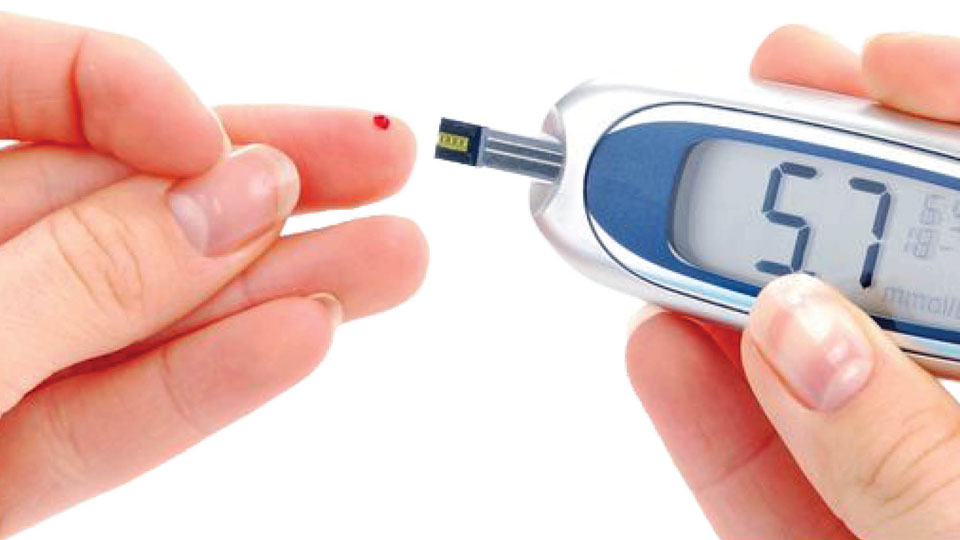Dr. V. Lakshminarayan, MBBS, MD, Mysore University, Graduate Diplomate in Diabetes Care, Newcastle University Australia
World Diabetes Day, the largest diabetes awareness campaign reaching a global audience of over 1 billion people in over 160 countries, is observed every year on Nov. 14. On this occasion, let us remember Sir Frederick Banting, who with the help of J.J.R. Macleod, Charles Herbert Best and James Collip, discovered insulin and whose birthday is celebrated as World Diabetes Day today.
The years 1921-22 marked a momentous period in the history of diabetes. Frederick Banting, a Canadian doctor and scientist, became deeply interested in diabetes and began work on trying to isolate insulin from the pancreas in the lab of J.J.R. Macleod, Professor of Physiology at the University of Toronto.
Introduction
There has been a lot of hype around “Cure” and “Reversal” in Type2 Diabetes Mellitus (T2DM). It has become a marketing strategy with all sorts of “Unscientific Apps” and “Pseudoscience” claiming it to be possible, even in people living with Type 1 Diabetes (Juvenile Diabetes) which are unrealistic. It should be re-emphasised that the reversal claims made by “pseudo-science” preachers and unscientific applications for their personal gains are to be rejected. It is high time we enlighten the society to understand the reality and follow the correct path.
In simple words, Reversal means that the disease is completely cured and will not return. Remission means that the disease would be dormant as long as the patients maintain certain conditions.
What is remission of diabetes?
The international expert group convened by the American Diabetes Association (ADA) defined Remission of diabetes as spontaneous or interventional return of HbA1c to below 6.5% for more than 3 months, in the absence of any glucose lowering medication in those who were earlier on medications. The same expert panel further recommended sub-classifying remission as ‘Partial remission’, ‘Complete’ remission and ‘Prolonged remission’ based on HbA1c levels maintained, fasting glucose level and duration achieved.
Partial remission is defined as when a person living with T2DM achieves HbA1c level less than 6.5% and/or fasting glucose level of 100-125 mg/dl without any glucose lowering therapy for more than 3 months.
Complete remission is defined as follows: If a person living with T2DM with 100 mg/dl of fasting blood glucose without any diabetes medication for more than one year.
Prolonged remission is defined as consistently normal HbA1c levels of less than 5.6% and/or fasting glucose level less than 100mg/dl without any diabetes medication for more than 5 years.
Despite advancements in both pharmaceutical and technological treatments, diabetes management still remains unsatisfactory. Glycemic control tends to deteriorate even in those individuals who initially achieve good control, necessitating the addition of increasing doses of oral anti-diabetic agents and ultimately insulin, according to my personal experience during the last 25 years. This deterioration in control has been interpreted to mean that while T2DM is treatable and controllable, it is not curable or reversible.
Yes it is true, most having diabetes find taking medications life-long a hassle with worries about the long-term side-effects of these medications. Naturally they wish to go off medications and be declared as “non-diabetic.”
Recently, the management of Type 2 Diabetes Mellitus has undergone a sea change, wherein, efforts are being focused on “reversing” the disorder completely. New evidence shows that it is possible to achieve remission of T2DM but, long-term data on sustainability are lacking.
Who is right candidate for Remission?
The ABCDEF formula can help us find the ideal candidate with T2DM for remission. But the final decision should always be the Physicians discretion in choosing. The ideal candidate should have the following characteristic features:
A1c or HbA1c – Should not be too high; Body weight – Increased body weight & BMI; C-peptide – Good C-peptide reserve; Duration of diabetes – Shorter duration, ideally less than 8 years from diagnosis; Enthusiasm – Highly motivated individuals and Follow-ups – Frequent follow-ups with support team.
How to achieve remission in practice?
As per the consensus opinion of ADA, lifestyle management strategies helped to achieve diabetes remission in trials like look AHEAD and DIRECT trials. Weight loss is one of the key factors in achieving remission with special diets, called Low Calorie Diets (LCDs) and Low-Carbohydrate Diets (LCBDs).
At this point of time, I feel it is important to recollect that low-carbohydrate diets have been in existence longer than LCDs in our traditional food. The link between high carbohydrate intake and diabetes was known to ancient Indian Physicians. ‘Charaka Samhita’ and ‘Sushrutha Samhita’ are two ancient Indian treatises of Ayurveda. Charaka Samhita describes four cardinal principles of preventive medicine, namely:
1. ‘Aachara’ or how we conduct ourselves
2. ‘Aahara’ or food habits
3. ‘Vyayama’ or physical exercise
4. ‘Yoga’ or mental balance to stabilise the mind and body.
Type 1 diabetes is an autoimmune condition requiring insulin therapy for survival and at present, there is no evidence for remission or reversal of type 1 diabetes. Any attempt to withdraw insulin in such patients can be potentially hazardous and life-threatening.
Finally, it should be understood that while T2DM can go into remission, re-occurrence may happen if the lifestyle and diet control are not maintained. Hence, claims such as “cure” or “reversal” of T2DM may be inappropriate.
Conclusion
The increased burden of diabetes and its complications in healthcare system has necessitated the scientific world to find probable or possible cure for T2DM. Remission is the closest we can aim for a cure and the ways to achieve it should be scientific and should do no harm to the person living with diabetes. Identifying the likely individual for remission and their acceptance is important.








Recent Comments